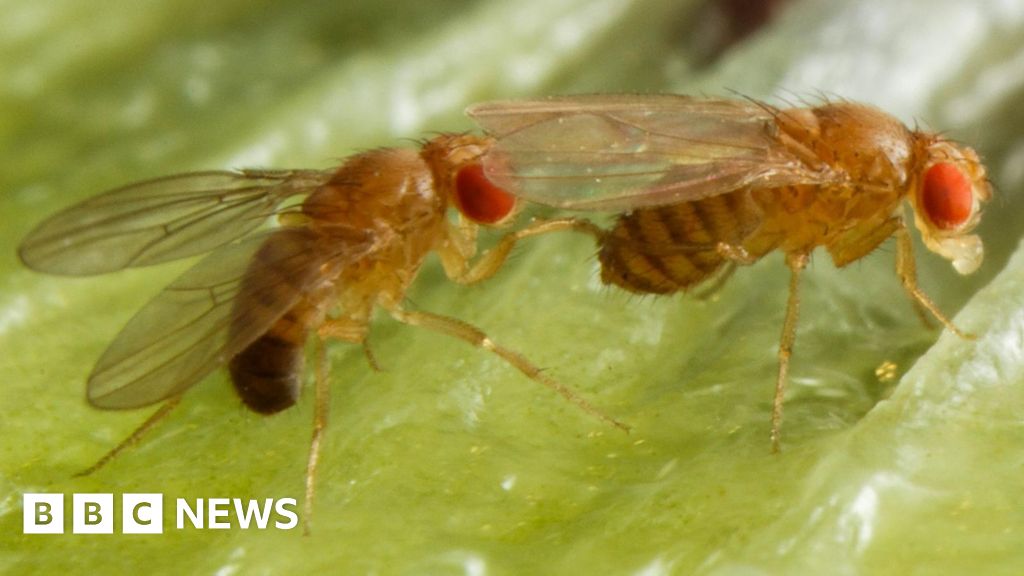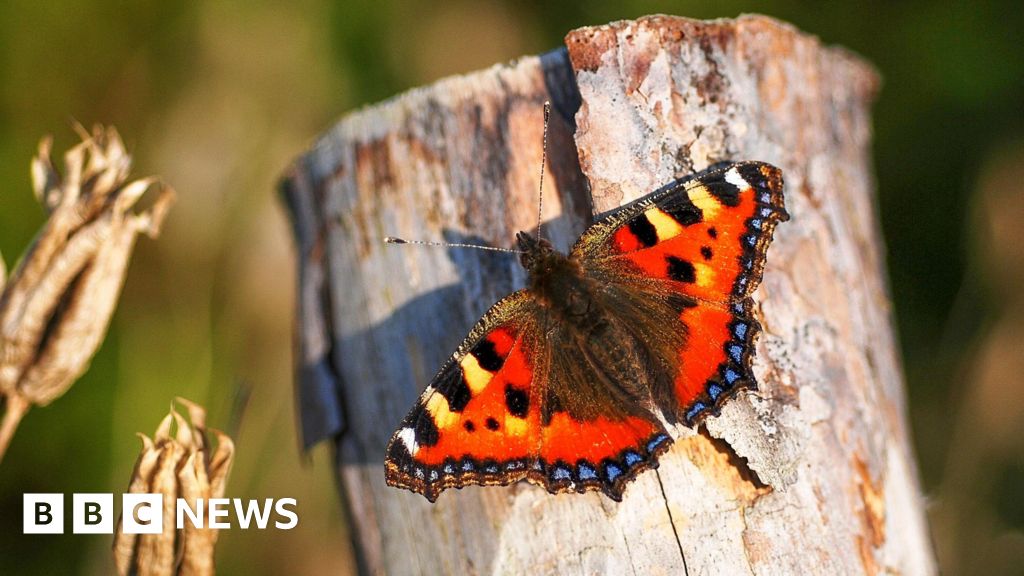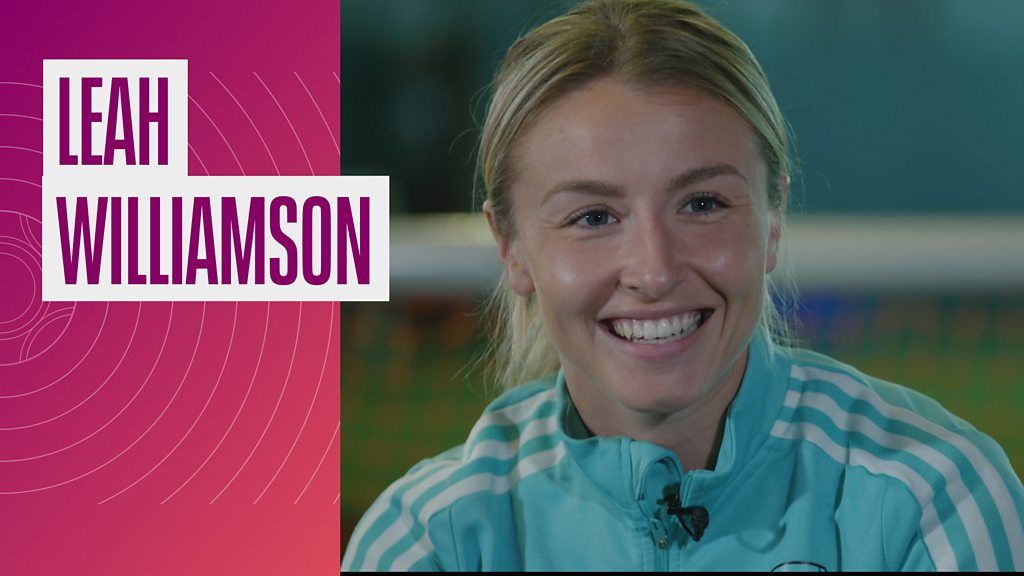ARTICLE AD BOX
Ross McLaren has completed more than 300 scuba-dives off the coast of Scotland and captured thousands of photos of marine plants and animals.
image sourceRoss Mclaren
image captionA hermit crabJuggling his hobby with his day job as a chemistry teacher, Mr McLaren dives about once a week, with the Kilmarnock Sub-Aqua Club.
image sourceRoss Mclaren
image captionA dahlia anemoneHe has explored waters in the River Clyde and sea-lochs around Oban, Argyll and Bute.
"People look at Scotland's seas and lochs and for the most part see dark water and can't imagine much living in there," Mr McLaren tells BBC News.
"But we have some absolutely incredible and diverse marine life that, if allowed, can flourish and thrive.
"You might not expect it but it can be just as colourful as the amazing things you see on TV from places like the Great Barrier Reef."
image sourceRoss Mclaren
image captionA yellow-edged polyceraimage sourceRoss McLaren
image captionA little-cuttle bobtail squidimage sourceRoss Mclaren
image captionA flame shellMr McLaren and his wife learned to dive in 2016, so that they could visit Australia and dive around the Great Barrier Reef.
They have yet to make that trip - but he has now completed about 320 dives, at depths up to 25m (80ft), in Scotland.
"Underwater photography isn't easy - and I am absolutely no expert," he says.
"My favourite photo is also my luckiest photo - I managed to capture an amazing image of a fireworks anemone [below] that ended up looking like a face, due to the movement of the current.
image sourceRoss Mclaren
image captionA fireworks anemone"The strangest photo I've ever taken is also my least favourite… a plastic bag.
image sourceRoss Mclaren
image captionBag for Life"From a distance, I could see a shape emerging - and I was absolutely convinced it was a nice big jellyfish.
"As it started to materialise out of the gloom, my torch picked up the writing, 'I'm back.'
"It was pretty clear that, unless jellyfish started getting tattoos, it was a plastic bag.
"Sadly, I've now seen first-hand how easy it is for marine life to mistake plastic for food."
image sourceRoss Mclaren
image captionAn octopusimage sourceRoss Mclaren
image captionA velvet swimming crabimage sourceRoss Mclaren
image captionSea-loch anemones and tube wormsMr McLaren also discovered diving helped him manage his mental health and anxiety.
"When I dive, despite it being classed as one of the riskiest activities in the world, I'm never anxious," he says.
"I know the thought of being underwater in a cold and dark environment that we're not designed to survive in usually brings on anxiety in others.
"For me, I think the main reason diving has helped me is that for 60 minutes I am cut off from the pressures of the world and it's just me - and my diving buddy - and the amazing marine life around us.
"Literally, the weight has been lifted off you and you're floating underwater in an environment that so few people get to experience and all you can hear is your own breathing.
image sourceRoss Mclaren
image captionA dogfishimage sourceRoss Mclaren
image captionA nudibranchimage sourceRoss Mclaren
image captionA sea-loch anemone"Marine life across the world needs to be protected - but I do think that here in Scotland specifically, we need to do more to protect the amazing worlds we've got beneath our waves.
"Many people will probably have watched videos on social media of the sea of plastic in exotic oceans and seeing all the man-made rubbish against the backdrop of what should be a beautiful scene with turquoise waters.
"It's not just a problem for someone else elsewhere - it's a problem for us right here in Scotland."
image sourceRoss Mclaren
image captionDahlia anemonesimage sourceRoss Mclaren
image captionA goby fishimage sourceRoss Mclaren
image captionInside the fan of a peacock wormAll pictures are subject to copyright.

 3 years ago
157
3 years ago
157








 English (US) ·
English (US) ·